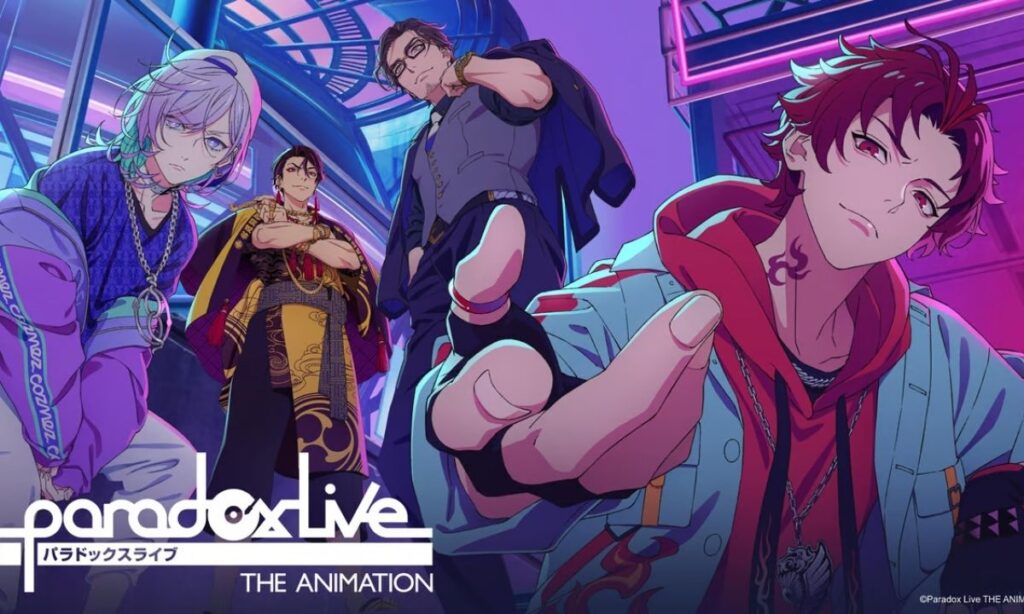If you’re an avid anime fan, you probably know that each anime season typically features at least one music anime.
Some of the most popular music anime you might have come across include “Love Live!” and the cult classic “Uta no Prince-Sama.”
Fans have enjoyed these series not only for their captivating music but also for the games inspired by them.
While newer titles like “Hypnosis Mic” and “Idolish7” may not be as widely hyped as the classics, they still have a loyal fan base that supports them.
Recently, a new anime has been making waves: “Paradox Live” (or ParaLive).
This series is breaking conventional molds and carving out its own unique space within the music anime genre.
Paradox Live Anime Review
What Is Paradox Live?
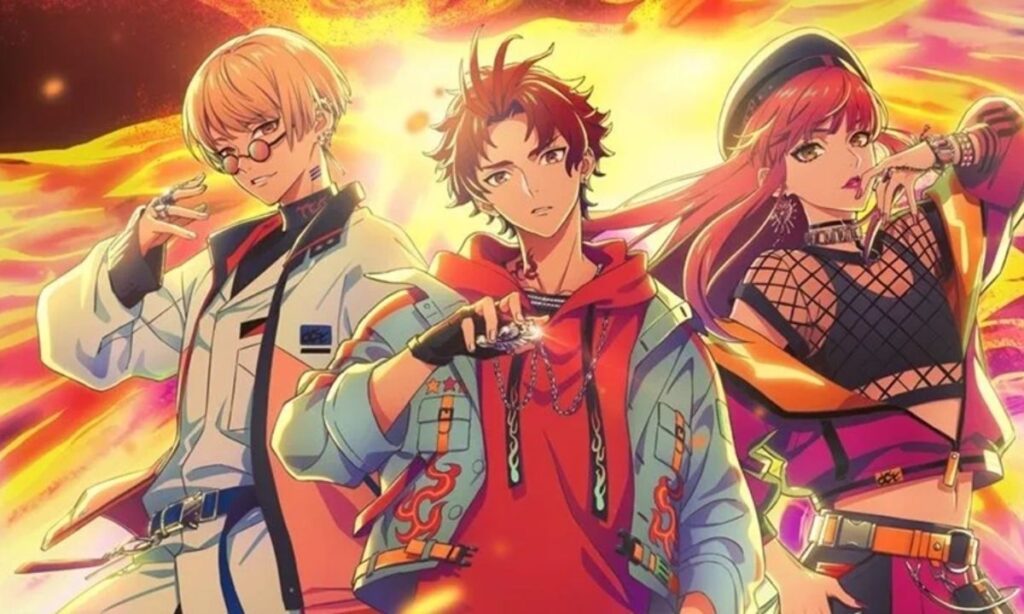
The lore behind the anime is a bit confusing—it’s based on a media project called Paradox Live.
In 2019, Avex Pictures and GCREST collaborated to produce “Paradox Live,” also known as “Paralive.”
The project essentially revolves around rap battles between members of distinct teams.
The show creates the impression that these events are happening in real life and are brought to life in the anime.
Adding a unique twist that differentiates it from more conventional anime.
These groups are able to participate in a round-robin rap competition known as Paradox Live.
Thanks to their use of Phantometal, a substance that chemically bonds with its wearer, allowing them to project their emotions and lyrics into stunning stage effects.
The winner of the competition takes home ten billion yen and the chance to battle the top rap duo, Buraikan.
Our 2 Cents On The ParaLive Anime
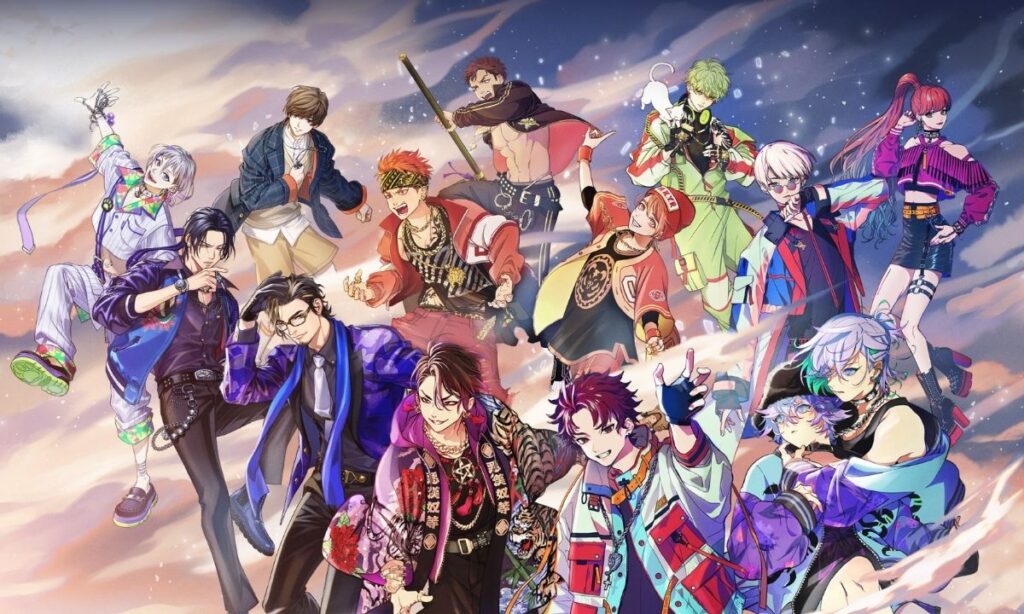
For a 12-episode anime, the pacing is impressively well-managed, so there’s little room for complaints.
Each character gets a thoroughly explained backstory, revealed gradually, with character development unfolding naturally as needed.
While the plot can be relatable, the anime explores darker themes that set it apart from typical shows in the genre.
The anime establishes an intricate world that’s oddly similar to the one in Hypnosis Mic, which, to be honest, doesn’t always make sense.
The side effects of this metal are almost identical to those of drug abuse. Which later on becomes more apparent as the story progresses.
The finale was enjoyable, managing to build suspense and deliver a satisfying twist.
Paradox Live Characters
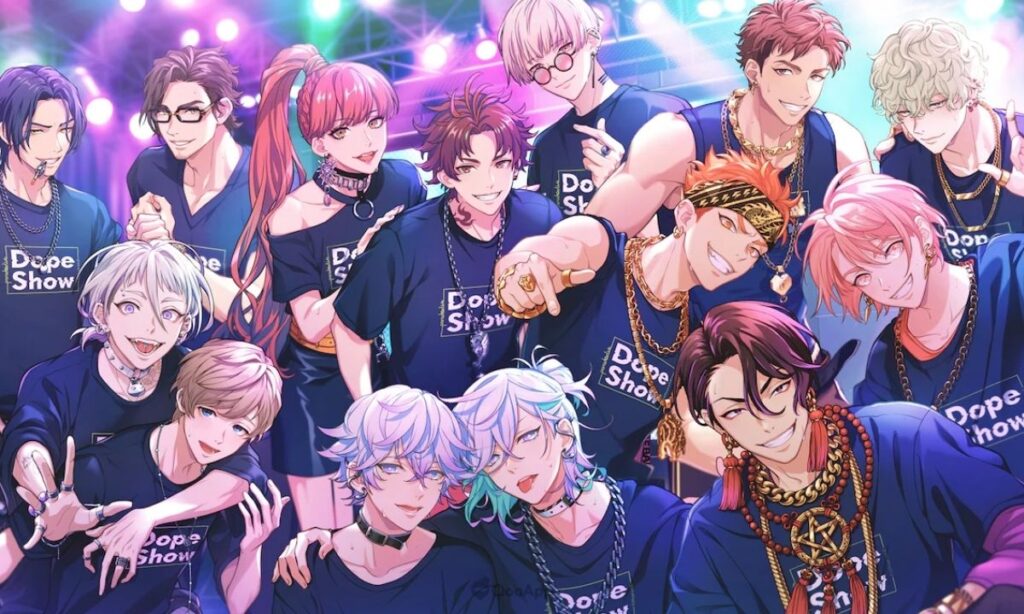
The cast of Paradox Live is not your typical lively, bubbly idol group that we see in typical music anime.
Instead of sticking to common character archetypes, the creators deliberately crafted characters that break the mold.
These characters are often rebellious—some due to their passion for freedom of expression, others because of their criminal pasts.
Notably, characters like Anne Faulkner and Aoi Kureha take pride in stepping outside traditional gender norms, using neutral pronouns, and defining their lives and styles on their own terms.
Introducing all the groups at the base level in the first episode, then dedicating individual episodes to develop each group afterward, is a solid strategy.
While they didn’t execute it perfectly, with some characters still lacking strong personalities, most of the cast has something memorable about them beyond just their appearance.
ParaLive Animation
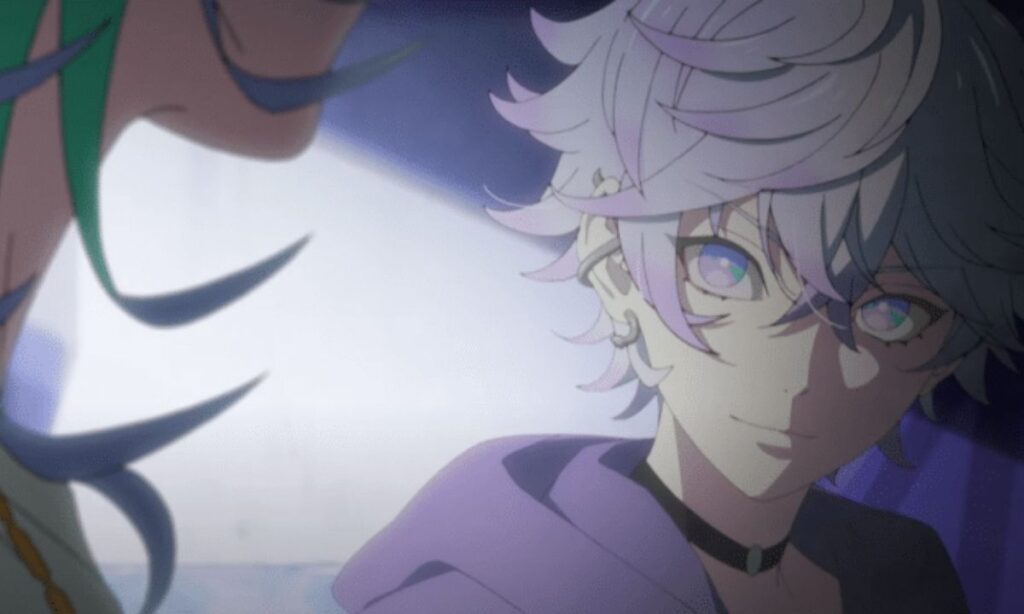
ParaLive incorporates CGI, a common choice for idol shows, but the quality is inconsistent.
The animation features 2D graphics, which ended up being quite colorful.
Especially considering the show was produced by a small studio named PINE JAM .
However, the 3D elements during the performances are disappointing—it would have been better if they weren’t included at all.
At times, it stands out too much, appearing in scenes where it feels out of place, and then it’s noticeably absent in performances where it would typically be used.
While the 3D wasn’t too noticeable during The Cat’s Whiskers’ performance. But later it became glaringly obvious during Bad Boyz by Akanyatsura.
One particular performance, without the usual CGI, actually looked better than the others. Leaving us with an overall negative impression of the CGI quality.
Paradox Live Music or Drama?
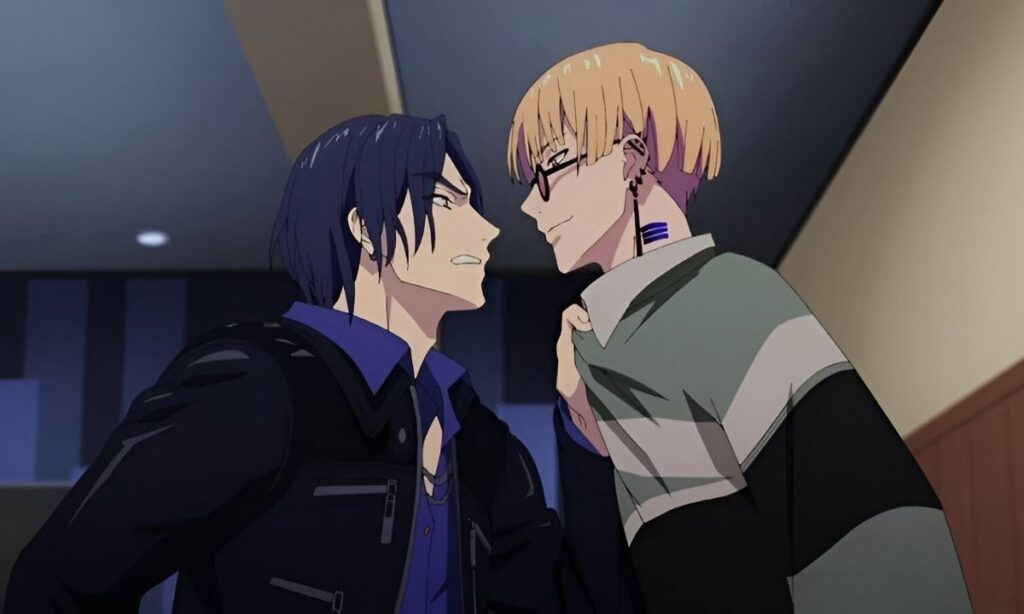
Seeing the “music” genre listed might tempt you to think this anime is all about pleasing your musical tastes, but it dives much deeper.
While it’s part of a music project, the show focuses more on the characters’ stories than on the music itself.
Yes, there are performances, but don’t expect too many. There are fewer than in other musical anime like Love Live or K-On!
The drama is where the anime truly shines, though it doesn’t treat all characters equally.
Some get an entire episode for their story, while others receive just a minute. Almost making it feel like not all characters are equally important to the plot.
The characters’ drama is tied to hip-hop, a genre that helps them cope with their struggles.
The “phantom metal” effect becomes a powerful narrative tool for viewers and listeners alike.
Paradox Live As A Project
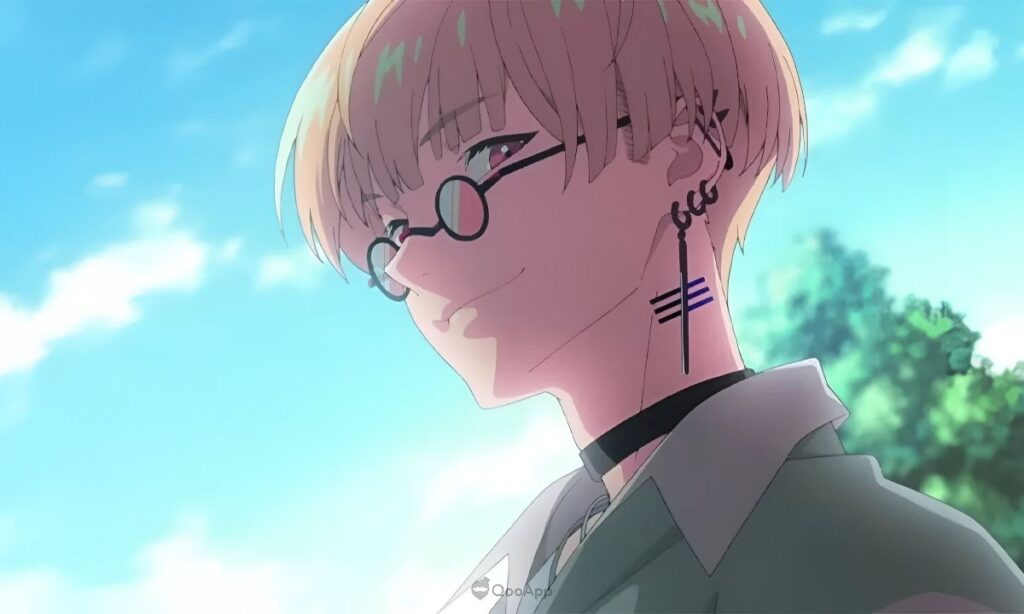
One of the things that really sets Paradox Live apart is how it uses social media.
In most multimedia idol projects, social media is used in a more traditional way—as a promotional tool.
It’s there to announce new content or share small updates about characters, but it doesn’t really aim to immerse fans into the story.
Paradox Live, on the other hand, uses social media as a storytelling tool.
Every character in the series has their own Twitter profile, and in-character tweets are posted regularly, providing insights into the story and the characters.
This is an incredibly unique approach that allows for a steady stream of content, keeping fans engaged between major releases.


